[content_slider]
[content_slide]
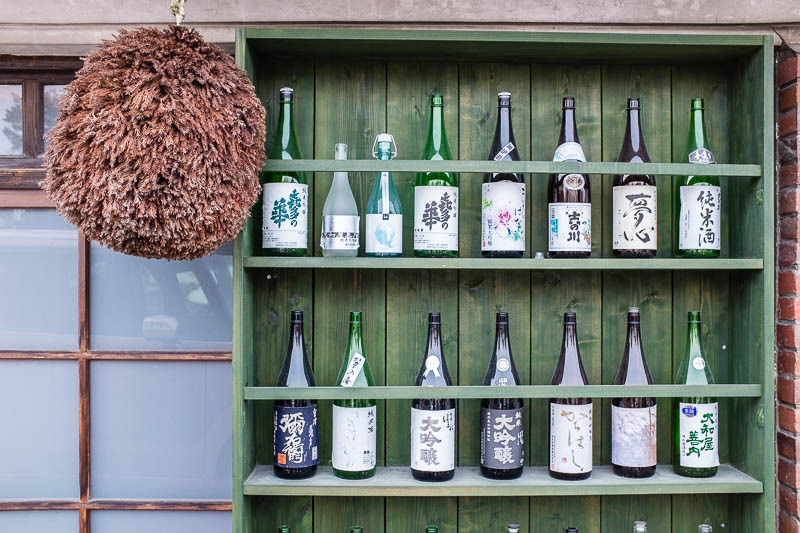
[/content_slide]
[content_slide]
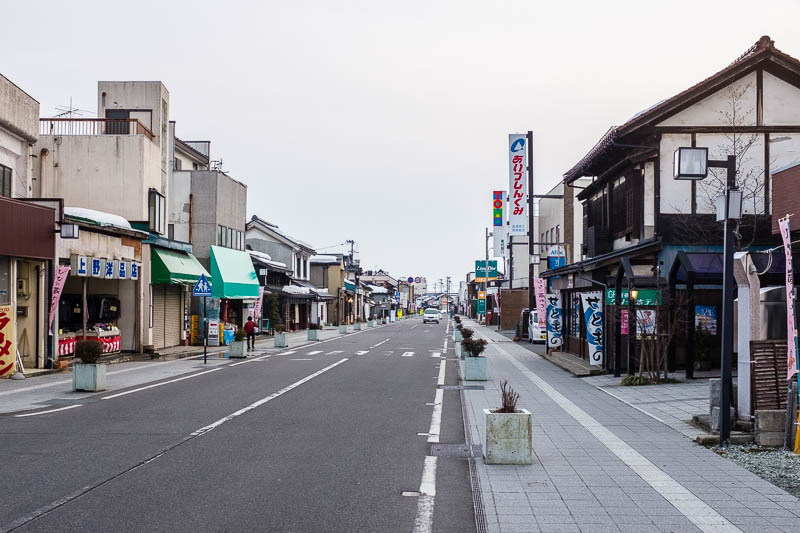
[/content_slide]
[content_slide]
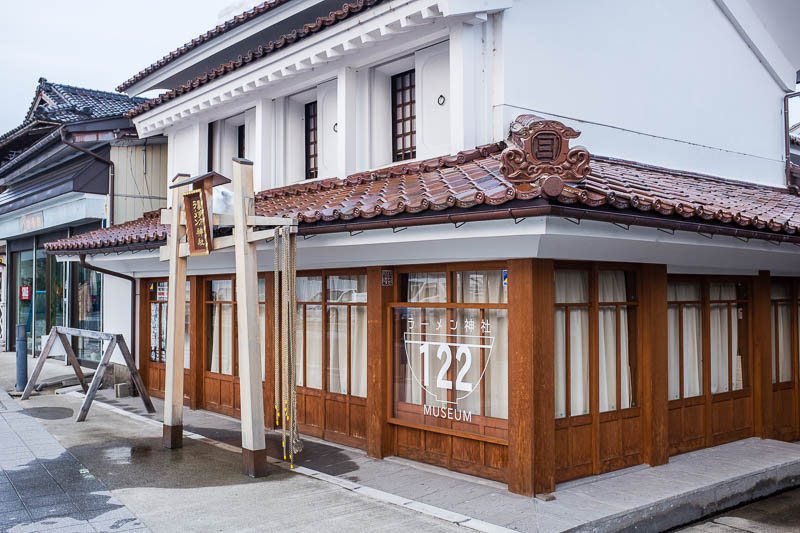
[/content_slide]
[content_slide]
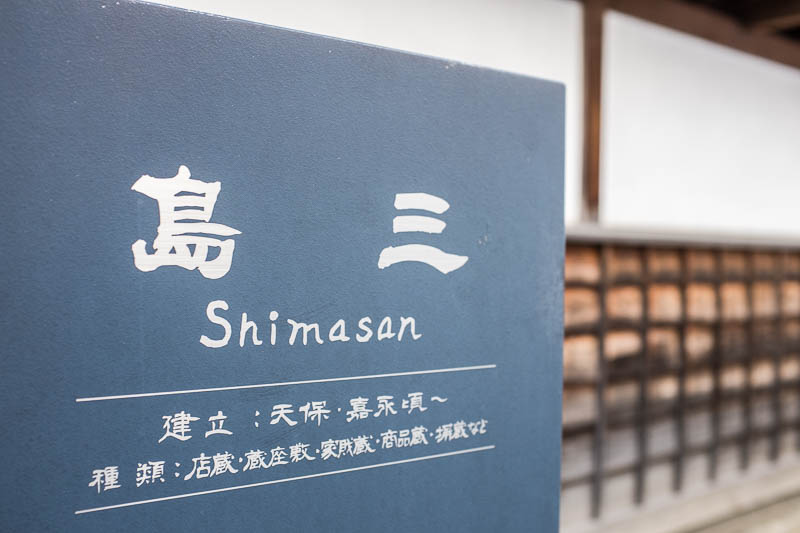
[/content_slide]
[content_slide]
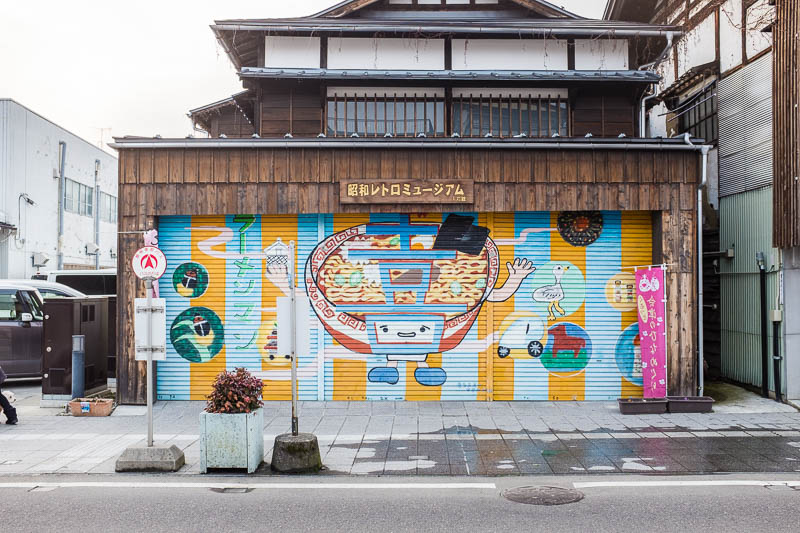
[/content_slide]
[content_slide]
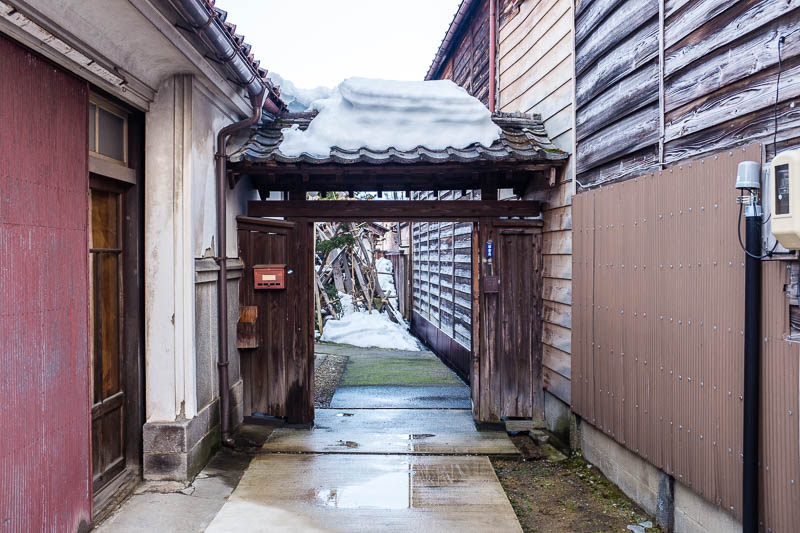
[/content_slide]
[content_slide]
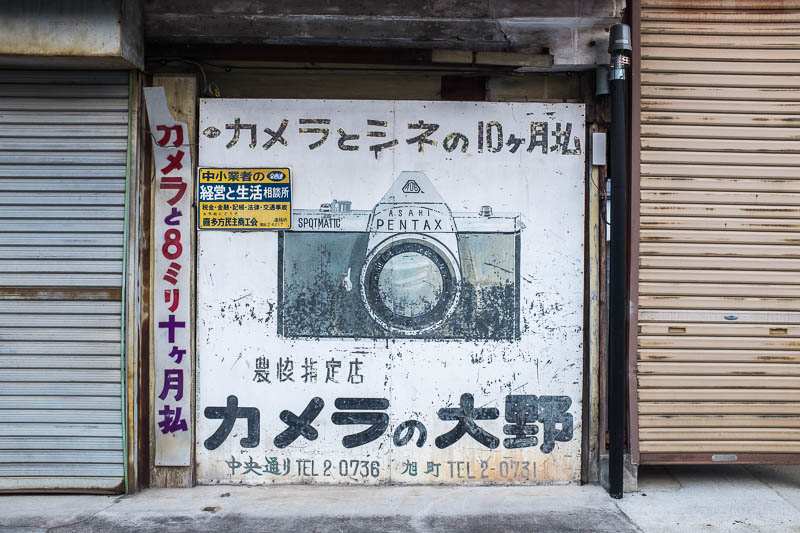
[/content_slide]
[content_slide]
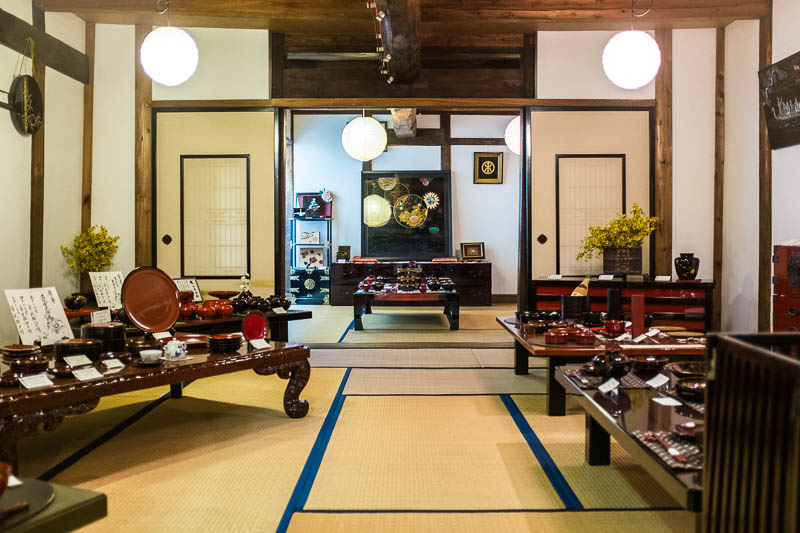
[/content_slide]
[content_slide]
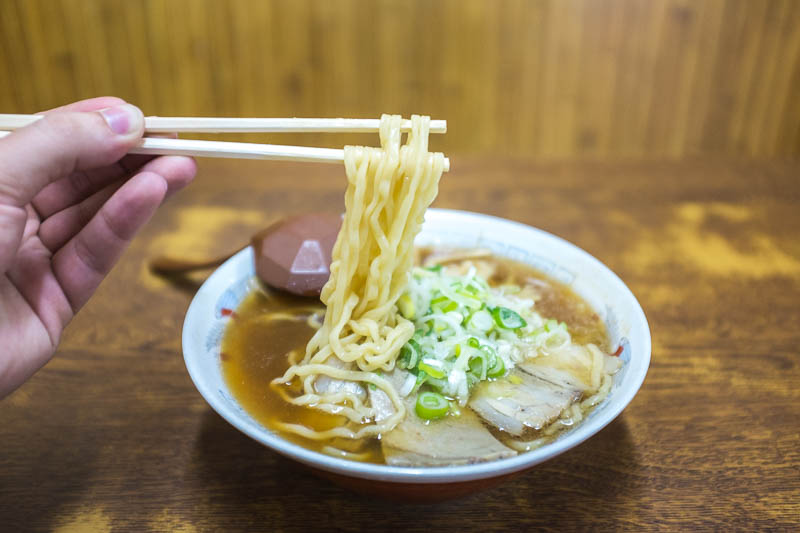
[/content_slide]
[content_slide]
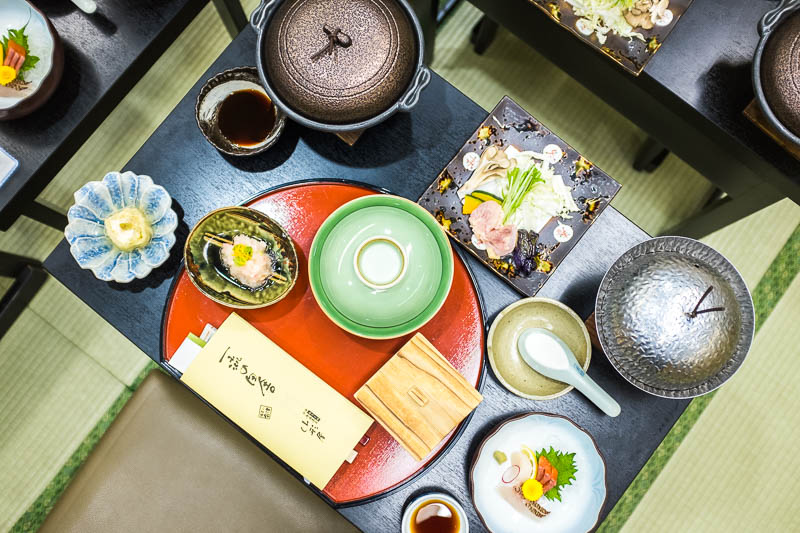
[/content_slide]
[/content_slider]
KITAKATA | Kitakata is a small city of around 50,000 people in Japan’s Fukushima province, and is an ideal spot for a day trip when visiting the larger nearby town of Aizuwakamatsu. For architecture buffs, the historica kura, or storehouses, are a big attraction. They are beautiful buildings that are distinctively Japanese, are are made out of wood, stone or clay. Originally built to store precious materials, and later preservable goods, today kura are predominantly used as sake breweries, accommodation, and workshops. Kitakata has over 2,600 kura, and is refereed to as Japan’s “city of kura” and storeplace of preservable goods.
Kitakata, which has some of the best quality water and rice in Japan, is known as a centre for Sake. Many of the city’s kura are ideal for brewing and storing sake, so it should come as no surprise that Kitakata has a lot of sake breweries. One of the best in town is Ohara Shuzō. It’s open every day of the year except for New Year’s Eve and New Year’s Day, and tours are offered throughout, no reservation required. They also offer free tastings, as do most of the sake breweries in town. Ohara Shuzō’s most famous sake, “Kurashikku”, sees unrefined sake being matured to the sounds of Mozart, which is supposed to improve the flavour.
Another thing that Kitakata is famous for is ramen, the high quality water resulting in some delicious buckwheat noodles being produced. With over 130 ramen shops, Kitakata has a higher number or ramen shops per capital than anywhere else in the world, and the distinctive style of Kitakata Ramen is one you won’t find elsewhere. Unlike most ramen, Kitakata ramen uses thick, wavy, noodles that glide down your throat. The broth has a soy-sauce soup base, with Niboshi (sardines), tonkotsu (pig bones) and sometimes chicken and vegetables added. A great place to try Kitakata ramen is Abe Shokudō, which even offers breakfast ramen. If you’re looking for more ramen related things, check out the Kitakata Ramen Museum.
If you have a sweet tooth, you might want to pay a visit to the Okuya Peanut Factory Shop. Kitakata was once an important centre for processing of peanuts and creation of various peanut-based foods, and Okuya is trying the revive the industry. There are a lot of peanut based snacks, and coated peanuts available, but the one thing you need to try is the signature Royal Peanut soft serve ice-cream, which is creamy and delicious. Once you’re done, head across the road to Kitami Hachirobei, a store that specialises in lacquerware, another Kitakata speciality. Throughout the shop you’ll find a variety of things to purchase, ranging from trinkets and cutlery to kitchenware and furniture, and there’s a cute cafe next door if you want a bite to eat.
If you want to stay overnight in Kitakata, Atsushio Onsen Yamagataya is a hotel that’s a short 15 minute drive from the city centre, and offers traditional Japanese rooms for accommodation, as well as relaxing onsen experiences, indoor and outdoor, to calm the body and mind. The hotel also offers a fantastic kaiseki (traditional multi-course Japanese dinner), which features an array of tasty, local dishes.

